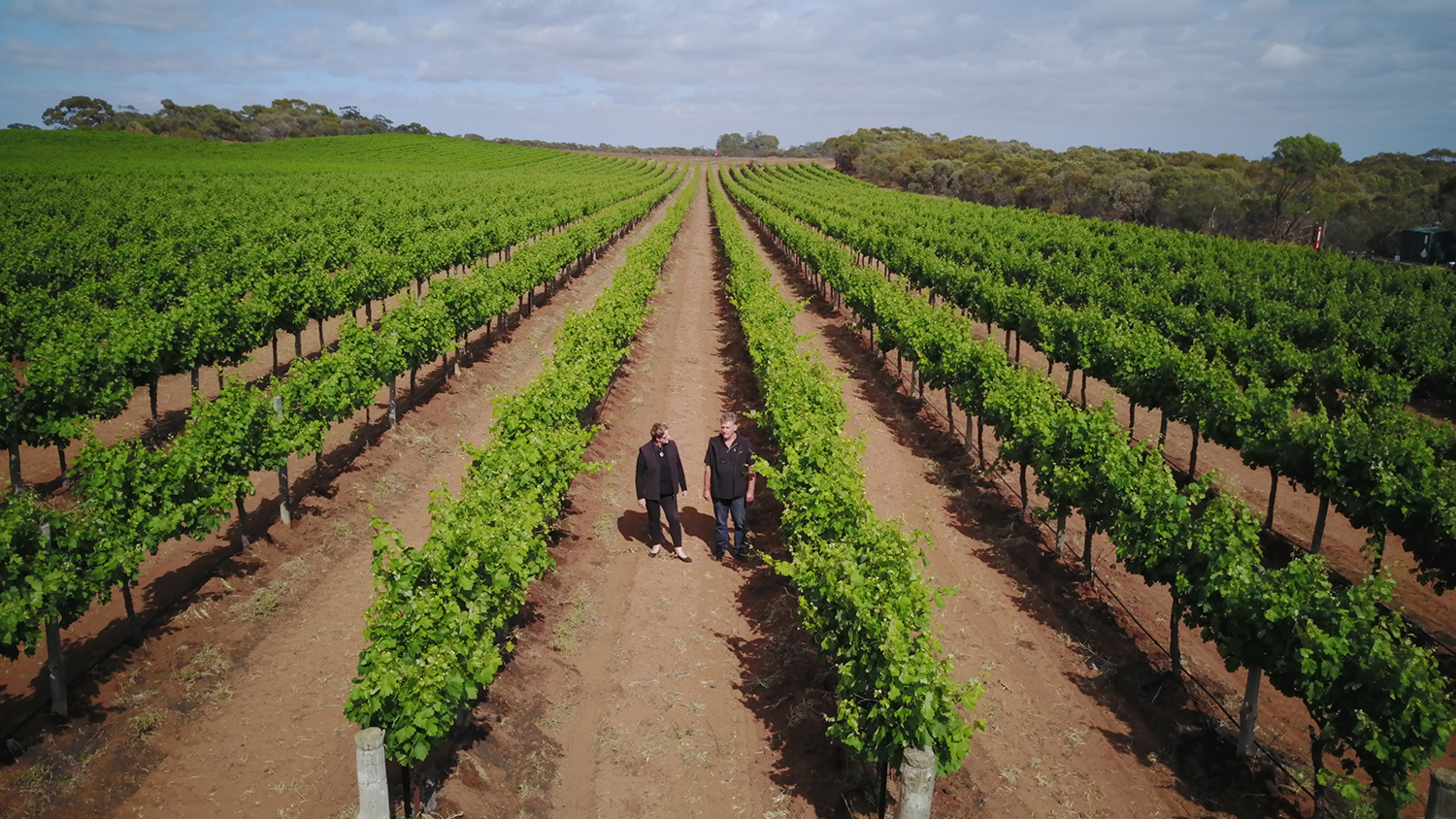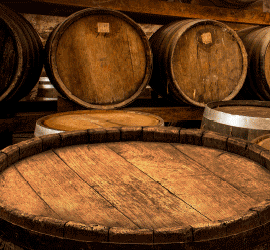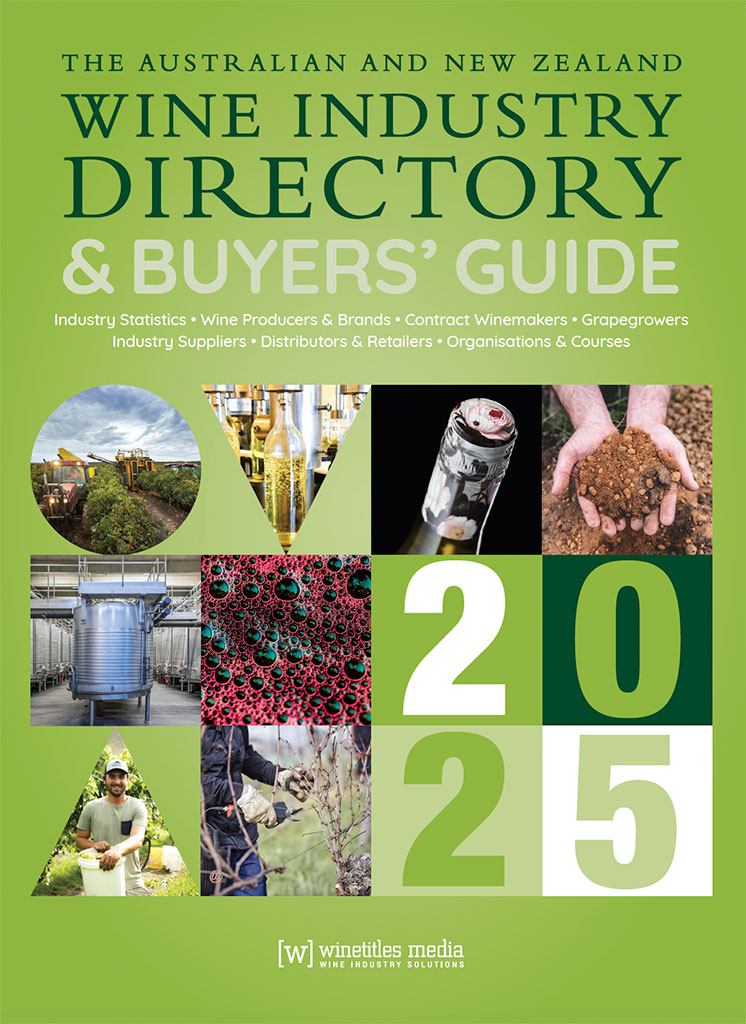Arinto thriving in the hot, dry conditions of South Australia’s Riverland
By Bruce and Val Bassham, Bassham Wines, Riverland, South Australia
Arinto is a white Portuguese winegrape variety cultivated in Portugal over 2200 years ago by the Romans. In Portugal it is referred to Pedera and is grown in most regions.
We decided to plant Arinto in 2016 to add to our growing list of alternative varieties, which includes many Italian, Portuguese, Spanish and Georgian-Russian varieties that are drought tolerant and love the Mediterranean climatic conditions of South Australia’s Riverland. We now grow 26 alternative varieties on our Heritage Family Vineyard and our Organic Biodynamic Family Vineyard in Barmera. We lead the way in alternative varieties and organic/biodynamic viticulture in the Riverland.
Arinto is one of the Portuguese varieties growing in our Heritage Vineyard in Barmera. It was selected as a drought tolerant variety suited to our hot, dry, climatic conditions. Arinto is quite at home in the Riverland where it loves the conditions and is performing beautifully. We planted 500 vines grafted on Ramsay rootstock in 2016. They were planted two metres apart with row spacings of 3.4 metres.
Irrigation is applied by micro jet sprinklers and the vines are trained onto a two-wire vertical trellis. We hand pick our Arinto and also hand prune, as we do with most of our alternative varieties. We supply Arinto and other varieties to small and medium wineries and winemakers in South Australia, Victoria and Queensland.
Arinto is a vigorous vine that produces medium sized compact bunches of small berries that are rich in acidity. It copes well with water shortages during summer and can be susceptible to bunch rot. Winemakers love this variety for its ability to retain acidity and its attractively fresh, lemony character. The freshness of this variety is generated from the hot growing regions of the Riverland.
Our first Arinto was produced from the 2017 vintage. The fruit was handpicked at 12.5 Baume, crushed, fermented, placed in stainless steel tanks for two months and bottled, making a light, fresh, crisp style wine. Enjoyed by many, the hot region characteristics show through; fresh lemon and lime, crisp apple; a more-ish white crisp wine.
Our current Arinto from the 2019 vintage was made by winemaker Marnie Roberts from the Clare Valley in a more complex style. In 2019, the Arinto was handpicked at 13 Baume, crushed, and underwent skin contact for 21 days. Following fermentation is was placed in aged barrels for nine months before bottling, resulting in a beautiful wine full of character with a natural, vibrant acidity on the palate. It displays green pear and apple and bright lemon and lime aromas. A delicious, fresh, zingy wine. Arinto wines age very well but are also delicious young. This wine is silvery lemon in colour with a green tint. Arinto is cherished by many wine lovers around the world.
Seafood, pork, chicken, Thai and fresh salads are superb served with a glass of Arinto. A real delight!
To date, Arinto is quite at home on the Basham Heritage Vineyard. It has produced great results with no disease issues. It sets well with medium sized compact bunches, enjoys our heat with no burn to berries, and ripens mid season making it a great Riverland growers’ grape and winemakers’ delight.

Arinto de Bucelas
By Peter Dry, Emeritus Fellow, The Australian Wine Research Institute
Background
Arinto (ah-reen-toh) is more correctly known as Arinto de Bucelas in order to avoid confusion with several other varieties with ‘Arinto’ in their names (e.g. Arinto Branco syn. Loureiro and Arinto do Dão syn. Malvasia Fina). It is an old variety (known since the early 18th century) and appears to be restricted to Portugal (4446ha in 2010), mainly in the Estramadura region near Lisbon where it was first grown before subsequently spreading to other regions. It is now widely planted in Portugal from the cool north (Vinho Verde) to the hot south (Alentejo). Arinto is particularly known for the fine white wines of Bucelas (where it makes up 75% of the blend). It is also used as a component of white Vinho Verde. Main synonyms include Arinto Cercial, Arinto d’Anadia, Arinto Galego, Arintho, Azal Espanhol, Chapeludo, Pedernã and Terrantez da Teiceira. Arinto is genetically close to Trajadura (an old variety grown in northern Portugal and north-west Spain). Somewhat confusingly, Tempranillo has Arinto Tinto as a synonym in Portugal, but it is not related. Arinto is a recent arrival to Australia and there are just a few wine producers at present.
Viticulture
Budburst is late and maturity is late. Vigour is high with semi-erect growth habit. Bunches are medium and compact with small berries. Yield is low to moderate in Portugal where it is pruned both long and short; with some reports of a better crop if pruned long. It is reported to be both drought and heat tolerant. There is considerable clonal diversity in Portugal. Arinto is more susceptible to oidium (powdery mildew) than average and may be affected by bunch rot. It has good acid retention under hot conditions.
Wine
Arinto is known for fresh wines of crisp acidity with lemon, lime and green apple notes. With age they can develop smoky, honey flavours. The variety is used for both still and sparkling styles. The high acid of Arinto makes it a valuable component in blends (e.g. with Trajadura and Loureiro in Vinho Verde) but it is also used for varietal wines.


















